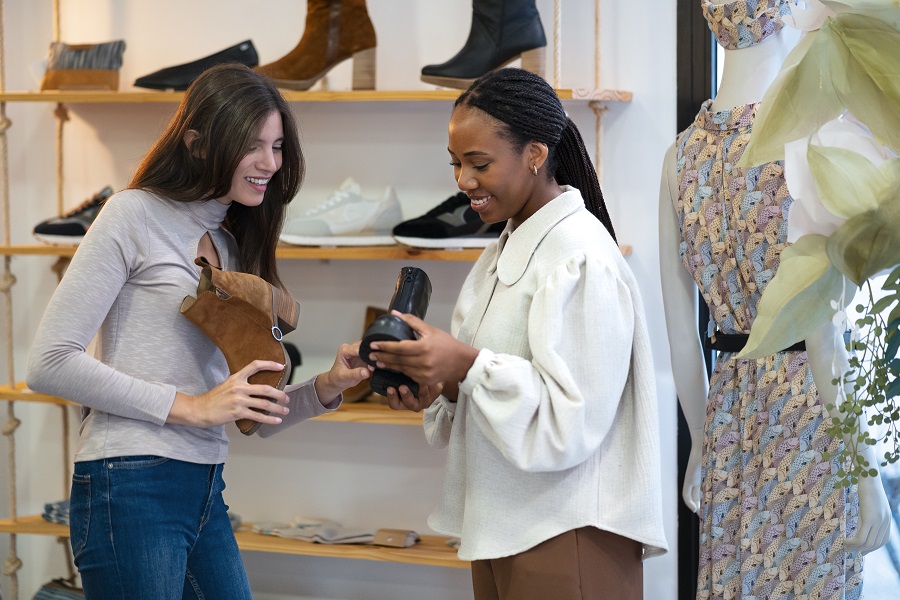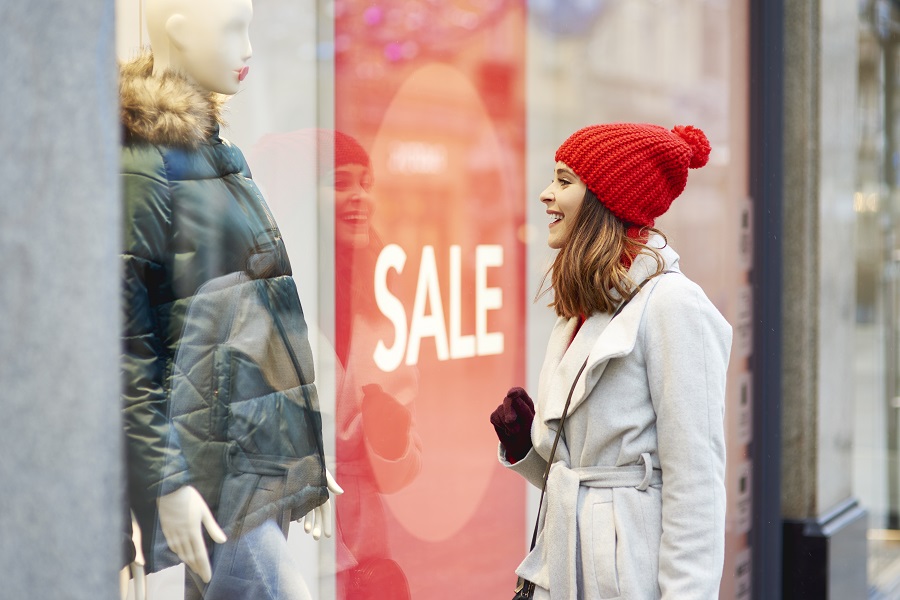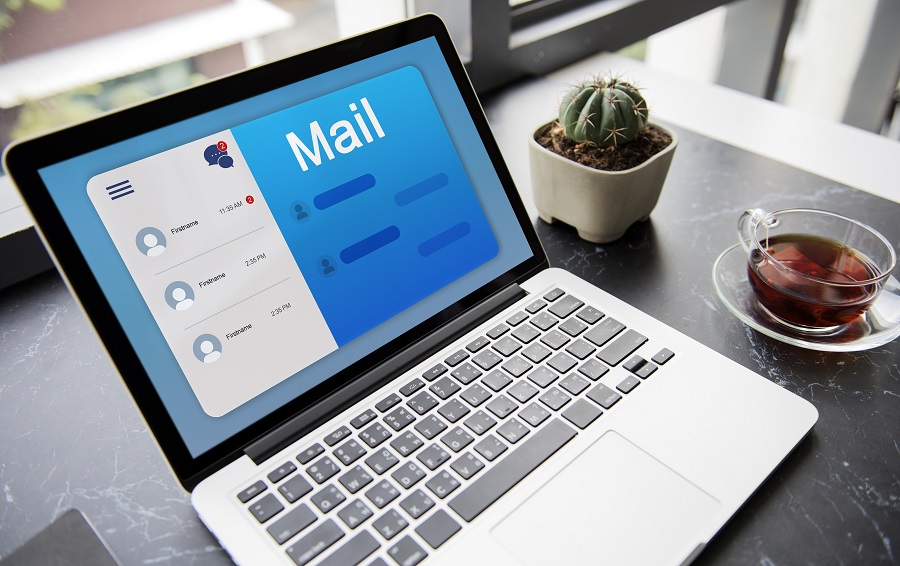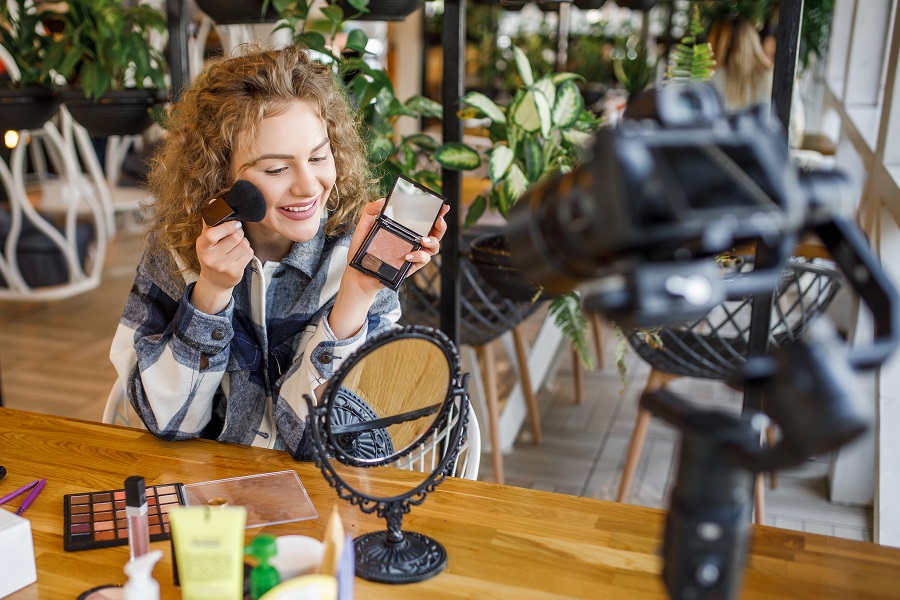13 Apr

Every retailer understands the critical importance of customer acquisition and retention. After all, without customers, there is no business. And while it’s true that some retailers have a certain level of customer loyalty built into their brand, every business needs to work to attract new customers while keeping the ones they have.
But what exactly is retail marketing, and how can you develop a strategy that works for your business? Let’s break it down.
What is retail marketing?
Retail marketing is the process of promoting products and services to potential customers in order to generate sales. This can include a variety of tactics, such as advertising, in-store promotions, email campaigns, and social media marketing. The goal of retail marketing is to create awareness and interest in your products, and ultimately to persuade customers to make a purchase.
What is retail marketing strategy?
A retail marketing strategy is a plan that outlines how you will reach your target audience and promote your products. Your strategy may include a mix of different tactics, such as digital marketing, events and promotions, and customer loyalty programs. The key is to identify the channels and tactics that are most likely to resonate with your target audience and to create a cohesive plan that supports your overall business goals.
Also Read: Best Marketing and Promotion Ideas for Retail Stores
Types of retail marketing
There are many different types of retail marketing, each with its own strengths and weaknesses. Some common types of retail marketing ideas include:

Social Media Marketing
With billions of users active on platforms like Facebook, Twitter, and Instagram, social media is an excellent opportunity for businesses to reach new customers while engaging with existing ones.
- Create a social media calendar
Planning your social media posts in advance will help you stay organized and consistent. A social media calendar should include a mix of promotional content, industry news, and customer engagement posts. This will keep your followers engaged and interested in your brand. You can use tools like Hootsuite or Buffer to schedule your posts in advance which will save you enough time and effort in the long run.
- Know your audience
Research your audience’s interests, demographics, and behavior to create content that resonates with them. You can also use social media analytics to track engagement metrics like likes, comments, and shares. This will help you determine which types of content are most successful and adjust your strategy accordingly.
- Run promotions and contests
Promotions and contests are excellent ways to increase engagement and reach on social media. For example, you can run a “like and share” competition for a chance to win a gift card or discount code. This will encourage followers to engage with your content and share it with their network. You can also offer exclusive promotions to your social media followers to incentivize them to make a purchase.
- Partner with influencers
Influencer marketing is a popular trend in social media marketing. Collaborating with influencers who have a large following in your target market can help you reach new customers and increase brand awareness. Be sure to choose influencers who align with your brand values and have an engaged following.
In-Store Promotions

As a retailer, one of your primary goals is to drive foot traffic to your store and boost your sales. In-store promotions are a proven way to achieve this, as they can entice customers to make purchases they may not have otherwise considered. But with so many different types of promotions to choose from, how can you make sure you’re using the most effective strategies?
- Create a Sense of Urgency
The goal of an in-store promotion is to motivate customers to make a purchase. This way you can encourage customers to act quickly. For example, offering a limited-time sale or a flash promotion can be an effective way to drive sales. The timing of your promotions can be just as important as the promotions themselves. Consider scheduling your promotions around holidays, special events, or even the changing seasons.
- Use eye-catching displays
A well-designed display is a common marketing strategy used by retailers to draw customers in and make them more likely to make a purchase. Use colorful signage, creative product displays, and eye-catching props to make your promotions stand out.
- Highlight the Benefits
When creating in-store promotions, it’s important to highlight the benefits to your customers. For example, a buy-one-get-one-free offer or a discount on a popular product can be a compelling reason for customers to visit your store.
Loyalty Programs
A well-designed loyalty program can be a powerful way to keep customers coming back, boosting their lifetime value and driving revenue for your business.
- Choose the right type of program
There are many different types of loyalty programs to consider, from simple point-based systems to more complex tiered rewards programs. It’s important to choose a program that fits your business model and appeals to your customer base. Consider what types of rewards would be most valuable to your customers and what type of program would be easiest for them to use.
- Make it easy to join
Your loyalty program should be simple and easy for customers to join. Consider offering an incentive to sign up, such as a discount on their first purchase or a free gift. Make sure the sign-up process is straightforward and easy to complete, whether it’s through your website, in-store, or through a mobile app.
- Offer meaningful rewards
The rewards you offer should be relevant and meaningful to your customers. Consider offering discounts, free products or services, exclusive access to events, or other perks that your customers will appreciate. It’s important to make sure the rewards are achievable, so customers feel motivated to participate in the program.
Email Marketing

Email marketing is a tried and true marketing strategy that retailers use to stay top-of-mind with their customers and drive sales. However, in order to make the most of this strategy, it’s important to follow a few key best practices.
- Build a quality email list
Your email list is the foundation of your email marketing efforts. Focus on building a list of engaged subscribers who have opted in to receive your emails, rather than purchasing email lists or spamming people who haven’t expressed interest.
- Personalize your emails
Personalization is key to making your emails feel relevant and valuable to your customers. Use customer data to segment your list and send targeted messages based on demographics, purchase history, or other relevant factors.
- Create compelling content
Your email content should be informative, engaging, and valuable to your subscribers. Use eye-catching visuals, clear calls-to-action, and well-crafted copy to encourage clicks and conversions.
- Use email to drive sales
While email can be a great way to stay in touch with customers, it’s also an effective sales tool. Use targeted promotions, discounts, and other offers to incentivize customers to make a purchase.
- Test and optimize your campaigns
A/B testing is an essential tool for optimizing your email campaigns. Test different subject lines, calls-to-action, and content to see what resonates best with your audience, and make adjustments accordingly.
Influencer Marketing

Influencer marketing is a growing trend in the retail industry, allowing retailers to reach new audiences by partnering with social media influencers and bloggers. Leveraging the reach and influence of these individuals can impact retailers in a way that they can promote their products to a wider audience while also building brand awareness.
- Identify the Right Influencers
It’s important to find influencers who have a large following and a strong engagement rate within your niche. Look for influencers who are relevant to your brand and have a genuine interest in your products.
- Reach Out to the Influencers
Once you’ve identified potential influencers, reach out to them to propose a partnership. You could offer a sponsored post or product review, or simply ask them to promote your products in their content. Be sure to provide clear guidelines and expectations for the partnership.
- Track Your Results
It’s important to track the results of your influencer marketing campaigns to determine their effectiveness. Monitor engagement rates, sales conversions, and other metrics to see what’s working and what’s not. Use this information to refine your strategy and optimize future campaigns.
Community Events
If you’re looking for a unique and different marketing strategy to connect with your local community and promote your business, hosting community events could be just the ticket.
- Choose topics that are relevant to your industry or niche
For example, if you run a yoga studio, you could offer a workshop on mindfulness or meditation techniques. If you own a bakery, you could host a cupcake decorating class. The key is to choose topics that are both interesting and relevant to your target audience.
- Partner with other local businesses or organizations
Collaborating with other businesses or organizations in your community can help you reach a wider audience and create a stronger sense of community. For example, if you own a pet store, you could team up with a local animal shelter to host a pet adoption event.
- Offer valuable resources and information
Make sure your events provide real value to attendees, whether that means offering hands-on training or sharing industry insights and best practices.
- Use your events to promote your products and services
While the primary goal of your community events should be to provide value to your attendees, that doesn’t mean you can’t also use the opportunity to promote your products and services. For example, you could offer exclusive discounts or promotions to attendees who make a purchase during the event.
As you seek to attract new customers and retain existing ones, you need to have a robust POS system that can help streamline your operations and enhance customer experience. Hana Retail is a top-notch POS system to help you achieve these goals. With its cutting-edge features such as inventory management, sales reporting, and customer relationship management, you can rest assured that your business is in safe hands. So, why not take the first step and try it out today? Sign up for free!





